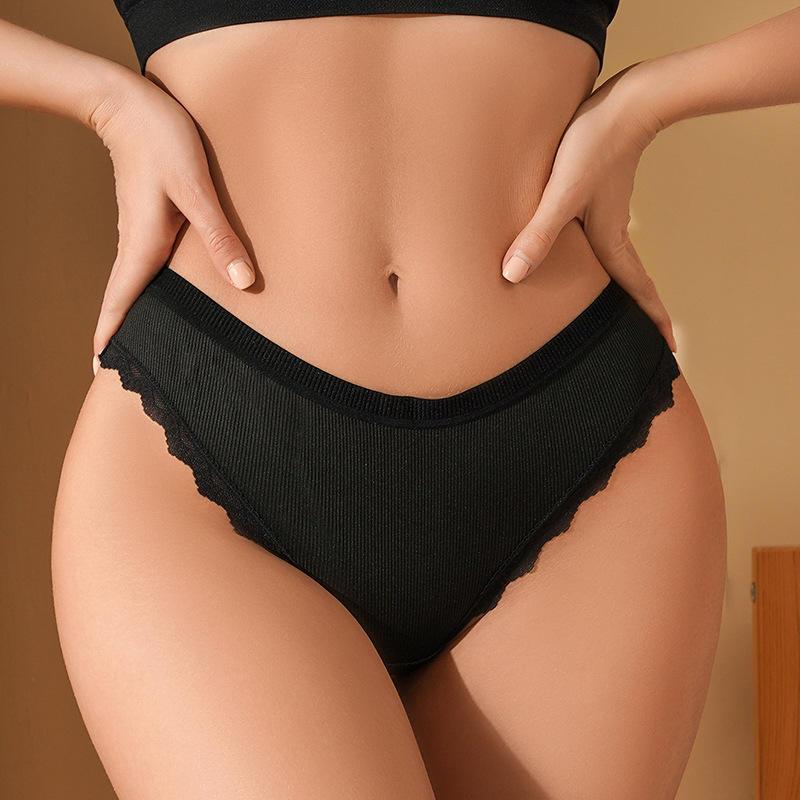Fabric Catalog Of Cotton | Properties, How its Made and Types
| Fabric name | Cotton |
| Fabric also known as | Pima cotton, Egyptian cotton, Supima cotton |
| Fabric composition | Organic fibers from the seeds of the cotton plant |
Fabric possible thread count variations | 100, 200, 300, 600, up to 2,00 |
Fabric breathability | Very breathable |
Moisture-wicking abilities | High |
| Heat retention abilities | Medium |
| Stretchability (give) | Medium |
| Prone to pilling/bubbling | High |
What is cotton fabric?
Cotton fabric is one of the most commonly used fabric types in the world. The textile is organic, which means it does not contain any synthetic compounds. Cotton fabrics are derived from the fibers that surround the seeds of the cotton plant and form a round, fluffy structure once the seeds mature.
Since the earliest days of cotton cultivation, this fabric has been admired for its excellent breathability and lightness. Cotton fabric is also very soft, but it has thermal properties that make it somewhat like a mixture of silk and wool.
While cotton is more durable than silk, it is not as durable as wool, and this fabric is relatively prone to pilling, tearing, and tearing. Despite this, cotton remains one of the most popular and most productive fabrics in the world. This textile has a high tensile strength and its natural color is white or slightly yellow.
Cotton is very absorbent, but it also dries quickly, so it is highly hygroscopic and perspirant. Cotton fabrics can be washed at high temperatures, and this fabric is very suitable for your body. However, cotton fabrics are relatively prone to wrinkling and shrink when washed unless pre-treated.
How is cotton made?
Cotton fabric manufacturers extract the textile from a protective shell of fiber that surrounds cotton seeds, called bolls. Although the cottonseeds themselves are small, the cotton bolls that wrap them can be bigger than the end of your thumb.
In order to produce cotton fabric, the producer must first separate the cotton seed from the cotton boll. In the past, this step was done by hand, but in 1794, American entrepreneur Eli Whitney invented the cotton gin, a mechanical device that greatly sped up the cotton separation process.
Today, the existence of an automated form of cotton gin makes this process much easier for human workers. Machines can harvest cotton bolls from fields, and then other machines can separate the seeds from the bolls.
Cotton production begins in the spring when cottonseed is sown. In most cases, automated machines plant 10 or more rows of cottonseed at the same time. Seedlings emerge in about 7 days, and mature bolls appear in 55 to 80 days.
Manual defoliation, the process of removing leaves from cotton plants, is usually required before machine harvesting. Next, a machine harvests as much cotton as 50 people can pick. The machine removes a lot of contaminants from the cotton fibers and forms them into bales.
The high-efficiency automated gin can process up to 60 bales of raw cotton weighing 500 pounds each in an hour. These ginns can remove seeds from cotton bolls and also remove dirt or litter from cotton.
Once the cotton is cleaned to the point that it consists of pure cotton fibers and does not contain any seeds or waste, it is transferred to textile production facilities. At the factory, raw quilts are combed, a process that forms cotton fibers into filaments. Next, the strands are spun into yarn.
At this stage, the basic materials for the cotton fabric have been completed. The cotton yarn can then be subjected to various chemical treatments, and it can be dyed. Next, it is woven into a specific type of textile material, such as a bed sheet, T-shirt or blue jeans.
What are the different types of cotton fabrics?
There are four different kinds of cotton used to make cotton fabrics. In addition, there are several subvarieties of cotton fabric made from these plant species:
Cotton variety
1. Upland cotton
This type of cotton is the most widely produced form of this textile crop. It accounts for 90% of the world's cotton production and is native to countries in Central America and the surrounding Caribbean.
Over the years, traders have exported this cotton to almost every place around the world, and it grows well in almost any climate. Upland cotton is a short-staple (SS) cotton fiber, which means it is not of the same quality as other forms of this textile fiber.
2. Sea Island cotton
Sea Island cotton is an extra long lint (ELS) cotton variety, which means it is composed of longer cotton fibers that can produce softer, more luxurious textiles. This cotton accounts for 8% of the world's cotton production and is significantly more expensive than upland cotton.
This ELS cotton is native to South America and has been exported all over the world. For example, Pima cotton is a type of sea Island cotton, which producers grow in China, India and other countries.
3. Plant cotton
While most types of cotton grow on small shrubs, plant cotton grows on larger shrubs that can almost be considered trees. This cotton accounts for less than 2% of global production.
4. Grass cotton
The fiber, also known as Levant cotton, is native to Africa and the Arabian Peninsula and accounts for less than 2 percent of global cotton cultivation.
Cotton variety
1. Short lint cotton
Short-pile (SS) cotton is any type of cotton consisting of fibers not exceeding 1.125 inches in length. While this type of cotton is great for everyday use, it is not as soft as other types of cotton.
2. Long staple cotton
Lint (LS) cotton is any type of cotton consisting of fibers between 1.125 and 1.25 inches in length. This cotton is a bit more luxurious than SS cotton.
3. Super long staple cotton
Extra long lint (ELS) cotton is any type of cotton consisting of fibers longer than 1.25 inches in length. ELS cotton is the most luxurious and soft cotton type available.
4. Egyptian cotton
The term Egyptian cotton refers to some forms of LS or ELS cotton. For example, Giza 45 cotton is more than 45 millimeters (1.77 inches) long, which makes it one of the longest and most luxurious cotton varieties available.
5. Pima cotton
Pima cotton is a type of ELS cotton that was created by the United States government in cooperation with the Pima Indians in the early 20th century. It is considered one of the most durable cotton.
6. Subima cotton
Subima cotton is a Pima cotton approved by the American Subima Association (ASA). Pima cotton can only be considered "Supima" if it is grown organically in the United States.
All of our underwear crotch are made of pure cotton fabric, and there are comprehensive cotton leak-proof physiological pants for you to choose. Want to try custom cotton underwear? Contact us to develop new underwear using our fabrics to match your design.



